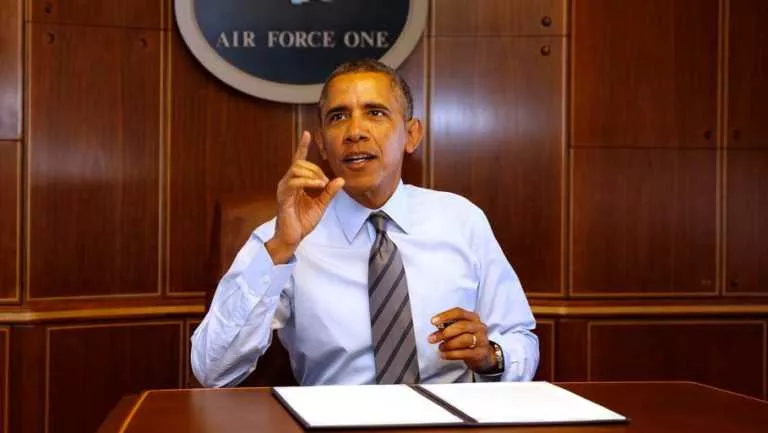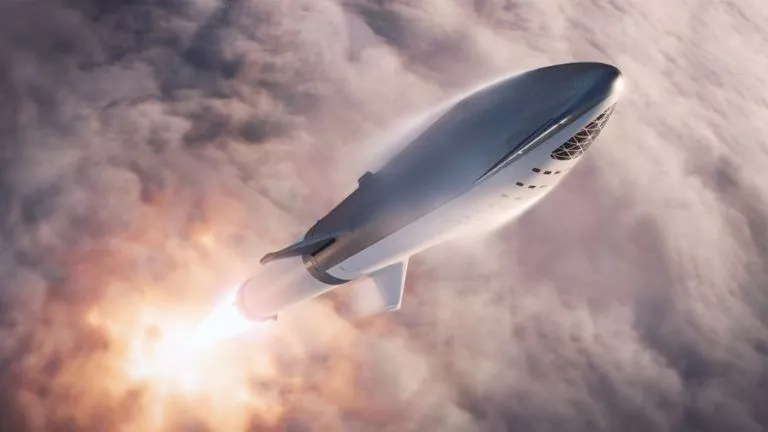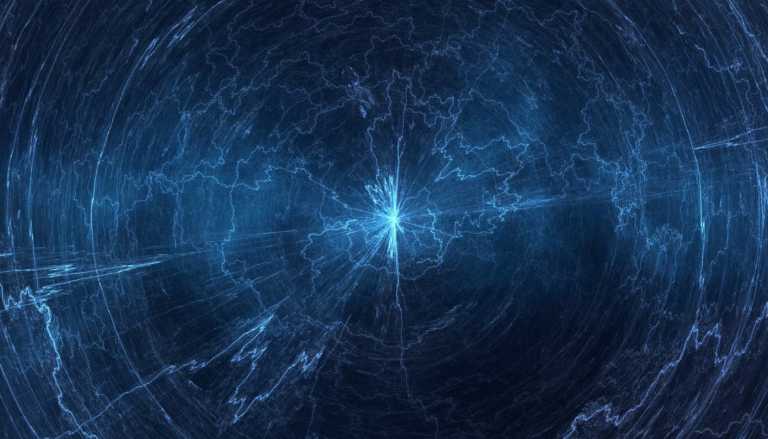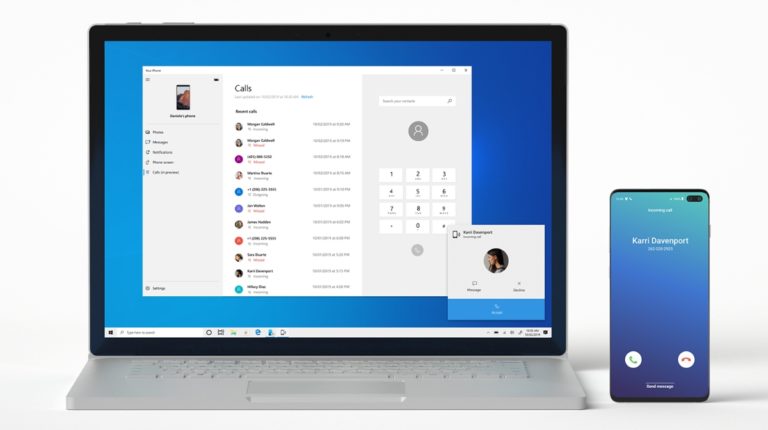History of Computer: From First Generation Of Computer To Third Generation
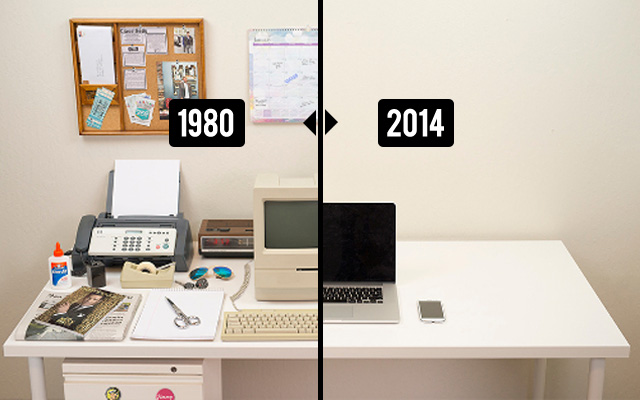

Short Bytes: Story of the history of computer from a mechanical device to smartphones in modern days computing — how the history of computer saw the replacement of different mechanical parts with electrical ones and then eventually with electronic ICs and Microprocessors — everything in detail.
Charles Babbage and the Birth of World's first Computer:
Charles Babbage was an English mechanical engineer but also a polymath. Charles Babbage, the father of the computer, was the first person on earth to come up with the concept of a programmable computer by conceptualizing the first mechanical computer in the early 19th century in the history of computers. Note that during those days, IC were not fabricated and the concept of storing memory was also not developed that much in the field of science and technology. But this revolutionary design was surely going to make one of the greatest inventions in the world of technology. He further improved his first designed mechanical computer with the methods of inputs programs and data using the punched cards for inputs. If you realize the input and output analytical methods on a current day modern computer and how it produces output, the same way Charles Babbage used to produce the output. He produced output using a printer, a curve plotter, and a bell. The machine would punch numbers onto the cards as the output then. This was all possible because of an analytical engine also known as ALU (Arithmetic Logical Unit) in modern day computing. The analytical engine of the computer was further improved by the control flow in the form of conditional branching and loops, and integrated memory, making it the first design for a general-purpose computer that could be described in modern terms as Turing-complete.
This was all possible because of an analytical engine also known as ALU (Arithmetic Logical Unit) in the modern day computing. The analytical engine of the computer was further improved by the control flow in the form of conditional branching and loops, and integrated memory, making it the first design for a general-purpose computer that could be described in modern terms as Turing-complete.
According to the modern day scientist, the first computer made by Charles Babbage was almost a century ahead of its time. Since that was a mechanical computer, all the parts for his machine had to be made by hand, unlike modern day computers where most of the parts are fabricated. But during those days, making mechanical parts for the computer was really a difficult problem. And on top of that, this problem continued for a long time in the world of computing eventually resulting in the scrapping down the project and ceasing the funds for the project by the British Government.
Also read: Antikythera Mechanism – World’s First Computer Is 2000 Years Old
However, Charles Babbage's failure to complete the analytical engine was the new beginning in the field of designing of the modern day computer with more sophistications. However, this part came much later into the picture. The legacy of the first mechanical computer by Charles Babbage continued by his son Henry Babbage. He completed a simplified version of the analytical engine's computing unit (the mill) in 1888. And also, gave a successful demonstration of its use in computing tables in 1906.
History of Computer: from Mechanical computers to Analog Computers:
After the mechanical computers, it was the time for the analog computers to rule the computing world. The first half of the 20th century saw the birth of the analog computers. These analog computers were used to do scientific computing. The design of the analog computer kept on getting more and more sophisticated. These analog computers used a direct mechanical or electrical modeling of the problem as a basis for the computation. However, analog computers lacked the ability to be programmed and the accuracy as well.
The first modern analog computer was the tide-predicting machine, invented by Sir William Thomson in 1872. These analogical computers used the wheel-and-disc mechanisms for the predictions.
Evolution of computer: From analog to digital computers (Electromechanical computers)
By the 1950s, the birth of the digital computers replaced the need of the analog computers. but analog computers still remained in use in some specialized applications such as education (control systems), navigational systems in the ship and aircraft (slide rule).
The principle of the modern digital computer was first described by mathematician and pioneering computer scientist Alan Turing. Later in 1938, the United States Navy developed an electromechanical analog computer small enough to use aboard a submarine. The name of the computer was Torpedo Data Computer. Torpedo data computer used trigonometry to solve the problem of firing a torpedo at a moving target.
History from electromechanical computers to electric computers:
The History of Computer saw a move from mechanical computers to the electromechanical computers. These electromechanical computers used electrical switches to move the mechanical relays to do the computations. However, the disadvantages with these computers which were used in the submarine and airplanes during the second world war that they had very slow operating speed. Later, in the history of computers, these electromechanical computers were replaced with all-electric computers. These all-electric computers used vacuum tubes. The Z2, created by German engineer Konrad Zuse in 1939, was one of the earliest examples of an electromechanical relay computer. In 1941, enhancing his previous generation of computer, Zuse produced Z3, the world's first working and fully automatic digital and electromechanical programmable computer. The Z3 was built with 2000 relays, implementing a 22-bit word length with the clock frequency of about 5–10 Hz.
Explaining the working of these computers might sound absurd or odd to the modern day computers students and users. But those who have a little knowledge about the working of the computers would try to relate it with the 22-bit word length and 5-10 Hz working frequency of the computers. These terms must be surely sounding relative to them.
Evolution from Electric to digital electronic circuits:
With more evolution in computer science field and after the World War, purely electronic circuit elements soon replaced their mechanical and electromechanical equivalents, at the same time that digital calculation replaced analog. Some of the uses that world saw in electronic circuits were uses of electronic circuits in telephone exchange booths in London. However, these computers were also used to decode the encrypted military communications during the second world war. The German encryption machine, Enigma, was first attacked with the help of the electro-mechanical bombes. However, most of these machines still used the vacuum tubes.
ENIAC: The first Turing-complete device
The ENIAC (Electronic Numerical Integrator and Computer) was the first electronic programmable computer. It was much faster and more flexible. It combined the high speed of electronics with programs. It could calculate complex problems like the addition or subtraction 5000 times a second, a thousand times faster than any other machine. With these developments in the History of Computer, stored programs were also used. Until now only capacitors were used in a computer. Now wait for the transistors.Transistors replacing
Transistors replacing the vacuum tubes in History of Computer:
Even though the transistor was invented in 1947. From 1955 onwards, transistors replaced vacuum tubes in computer designs, giving rise to the "second generation" of the computer. Transistors were light weight, smaller, dissipated less heat and did not need as much care as vacuum tubes.
ICs propelling the speed in History of computer:
Now the metals like silicon and germanium were used to fabricate ICs which replaced the need of different types of transistors in series into one. These integrated circuits also led to the evolution of the commercial and personal use of computers which eventually led to the invention of the microprocessor. So, until now, the computers which were meant to be used inside a lab by some highly qualified researchers or experts was slowly moving inside the houses for commercial uses and personal uses. Companies like intel and Motorola began showing up in the market with varieties of MicroProcessors now.
This phase of computing saw the Birth of big computer companies like Microsoft and Apple. Later, Unix based system were replaced by nice graphical User Interface and additional peripherals like Mouse, keyboard, External memories began flooding the market.
Modern computer days and Third Generation of Computer:
With more evolution in computers, newer Generation of computer began flooding in the commercial market. Bulky desktop monitors were replaced by LCDs and then by Laptops. Keyboards were replaced by touch panels and even laptops got smaller and smaller giving birth to tablets. Sandwich devices like tablets, Phablets etc. were born to attract the commercial users. Hardware features of the laptops in the 2000s got ported over to the mobile phones and now there is a constant war in between smartphones (Newer version of mobile phones) and personal computers.
Video Credits: BestReviews
Also Read: Know Everything About World’s First Computer Programmer, Ada Lovelace

